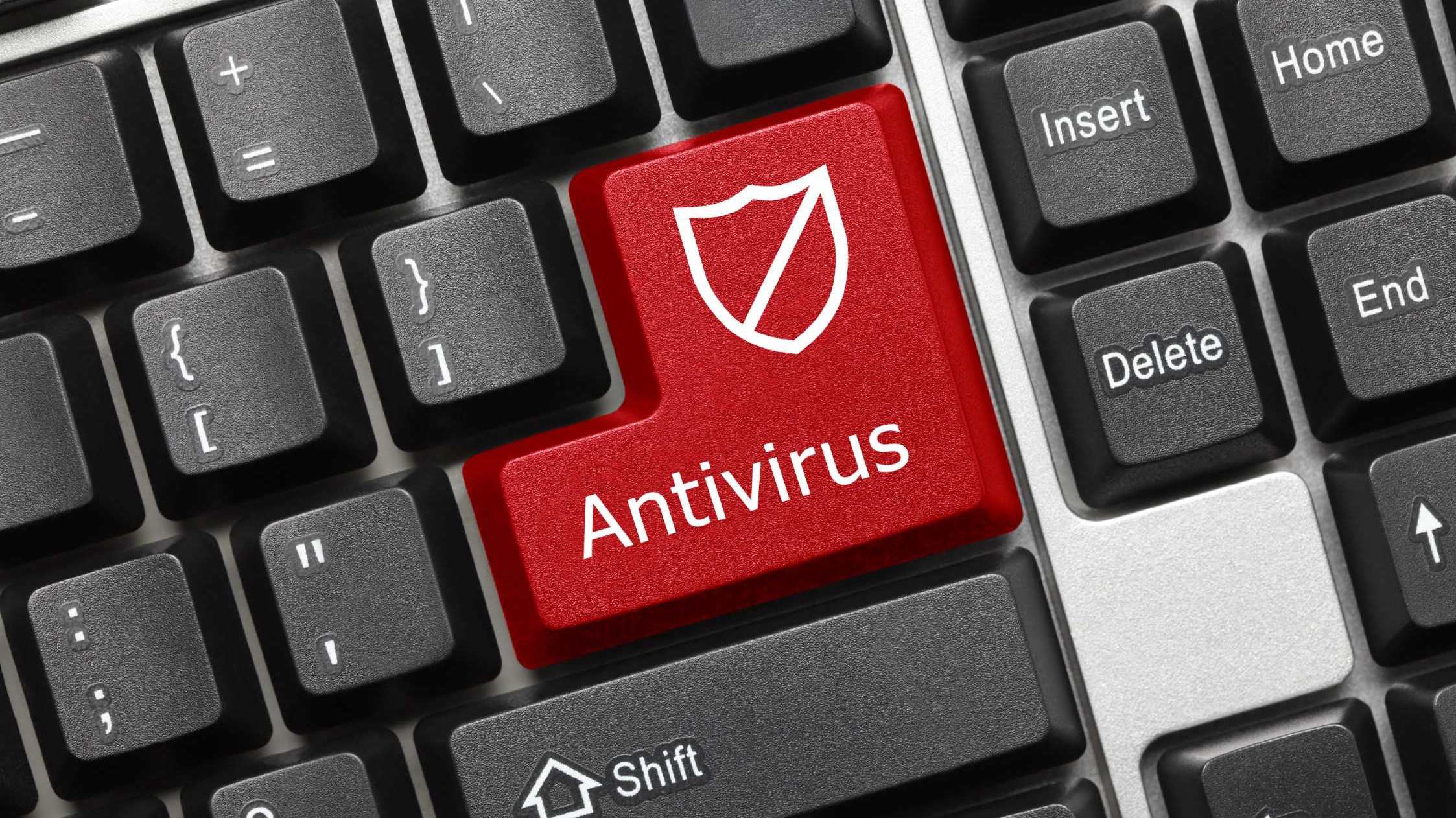Endpoint Security Evolves: Antivirus Ain’t Enough Anymore
[Note: this is one of a series of blog posts inspired by the findings contained in The Forrester Wave™: Endpoint Security Suites, Q4 2016. Forrester Wave reports are based on primary research, vendor surveys, product demos, and customer reference calls conducted by Forrester analysts. You can download the complete report here.]
The previous post in this series discussed why your cybersecurity efforts should be focused primarily on protecting your network endpoints. This time, the focus is on antivirus software, why it’s no longer enough, how vendors are responding, and what you should do.
Antivirus: change is the new normal
The Forrester Wave report found that the antivirus marketplace is in the midst of a kind of arms race. “As the numbers of new malware variants and methods of obfuscation rise, antivirus technologies have become less effective at protecting employee endpoints and servers. Numerous competing technology vendors have risen up to take aim at the stagnant antivirus market as a result.”
Forrester also found that traditional antivirus solution vendors are responding to these roiling changes in a variety of ways. “Some have adapted by either building or acquiring new technologies that do not rely on older, blacklist-based malware protection. Others have augmented their antimalware engines with additional analysis capabilities that go beyond static blacklisting. This has led to a highly fragmented market with a number of different approaches to endpoint security, each with its own set of benefits and challenges.”
Antivirus: still important, but you need more
The changes that are transforming the antivirus software marketplace are also clarion calls for you and your IT and cybersecurity management teams. You and your colleagues must ensure that all of your endpoints are protected by modern, effective antivirus software. But for comprehensive endpoint protection—defense in depth—your antivirus solution choices are only a beginning.
What else do you need? The Center for Internet Security (CIS) Critical Security Controls offer “a concise, prioritized set of cyber practices created to stop today’s most pervasive and dangerous cyber attacks.” The 20 CIS Controls “are developed, refined, and validated by a community of leading experts from around the world.” And the CIS estimates that implementing its top five controls can reduce the risk of cyberattacks by 85 percent. Those top five controls:
- Inventory of Authorized and Unauthorized Devices;
- Inventory of Authorized and Unauthorized Software;
- Secure Configurations for Hardware and Software on Mobile Devices, Laptops, Workstations and Servers;
- Continuous Vulnerability Assessment and Remediation; and
- Controlled Use of Administrative Privileges.
Clearly, these are tasks beyond the purview of even the most sophisticated antivirus software.
Ivanti: antivirus meets defense in depth
Ivanti combines proven antivirus technologies with multiple layers of endpoint protection to support all five of the top CIS Controls. We deliver the solutions you need to see what’s in your environment, deliver secure configurations for your endpoints, assess and remediate vulnerabilities, and manage admin rights effectively. In other words, defense in depth.
Download The Forrester Wave™: Endpoint Security Suites, Q4 2016 to learn more about how antivirus challenges and solutions are evolving. You can also read why Forrester found Ivanti predecessor LANDESK to be a “Strong Performer” among “The 15 Providers That Matter Most” in the endpoint security marketplace. Then check out our solutions online or contact your Ivanti representative. Learn more about how Ivanti can help you to improve your antivirus efforts and make your entire environment more secure.
Be sure to check out the other posts in this series:

